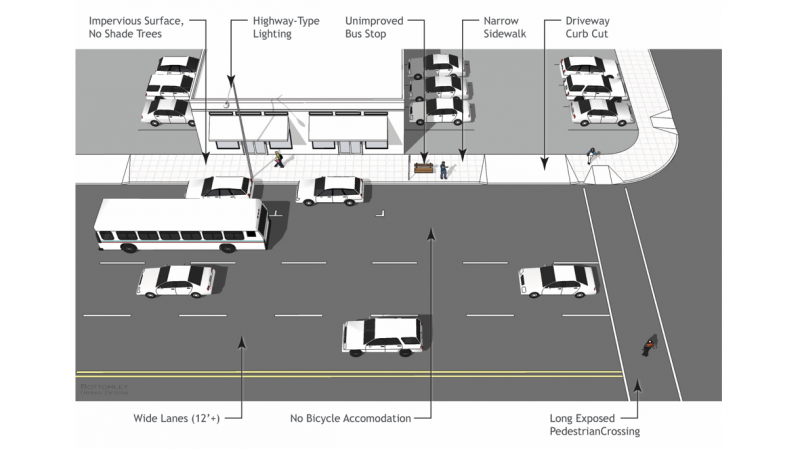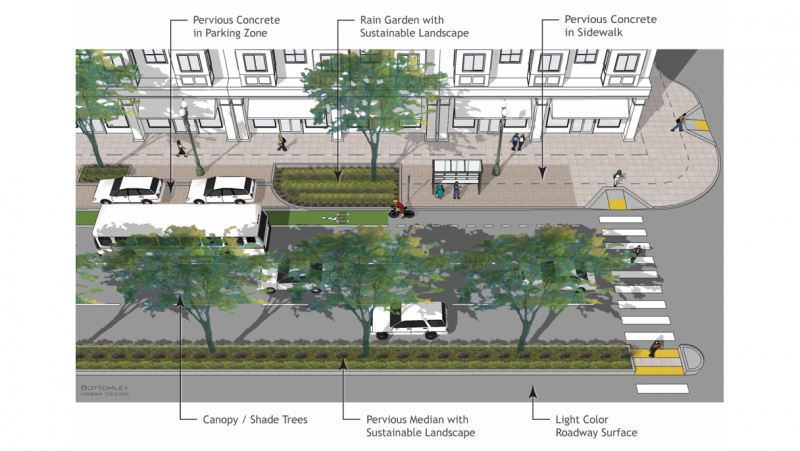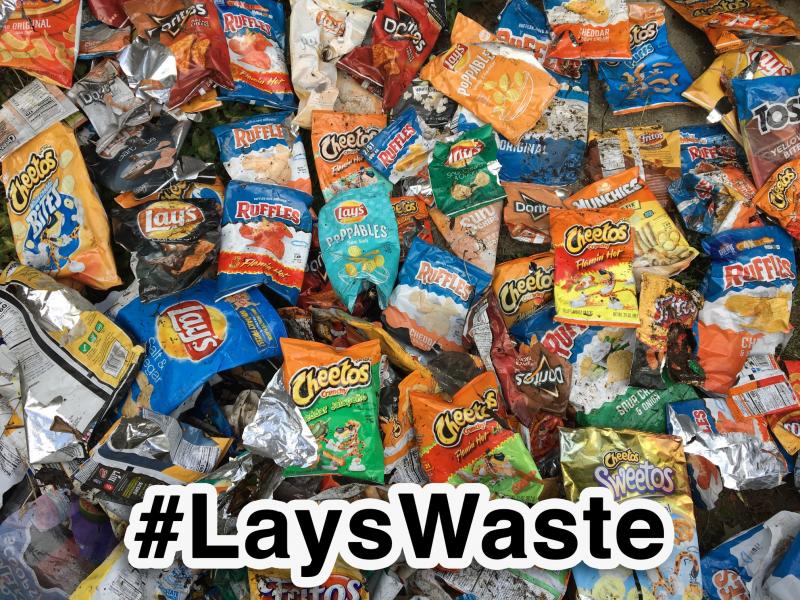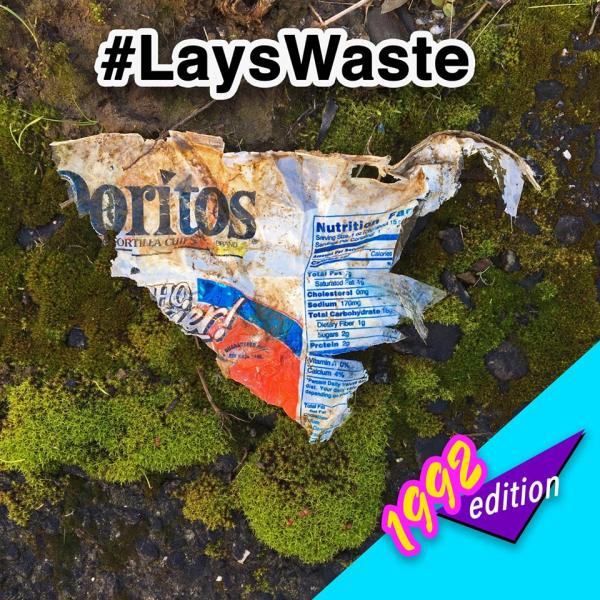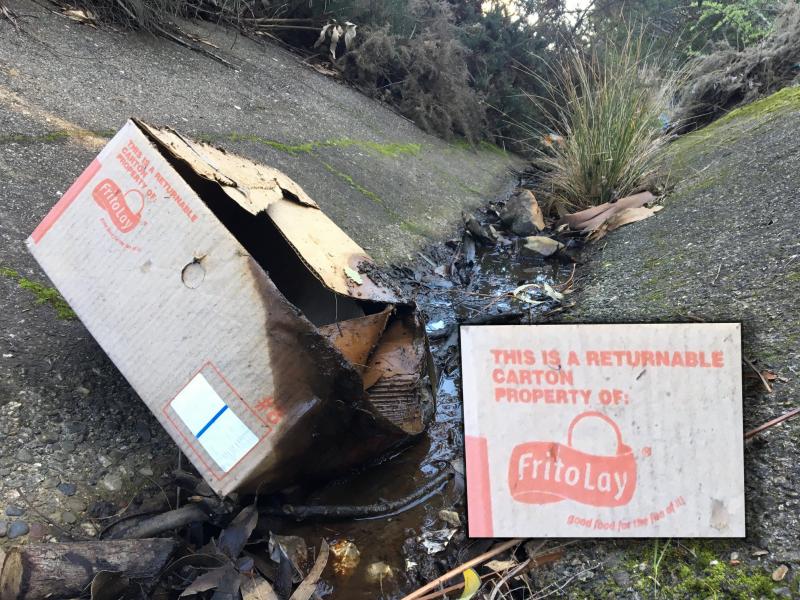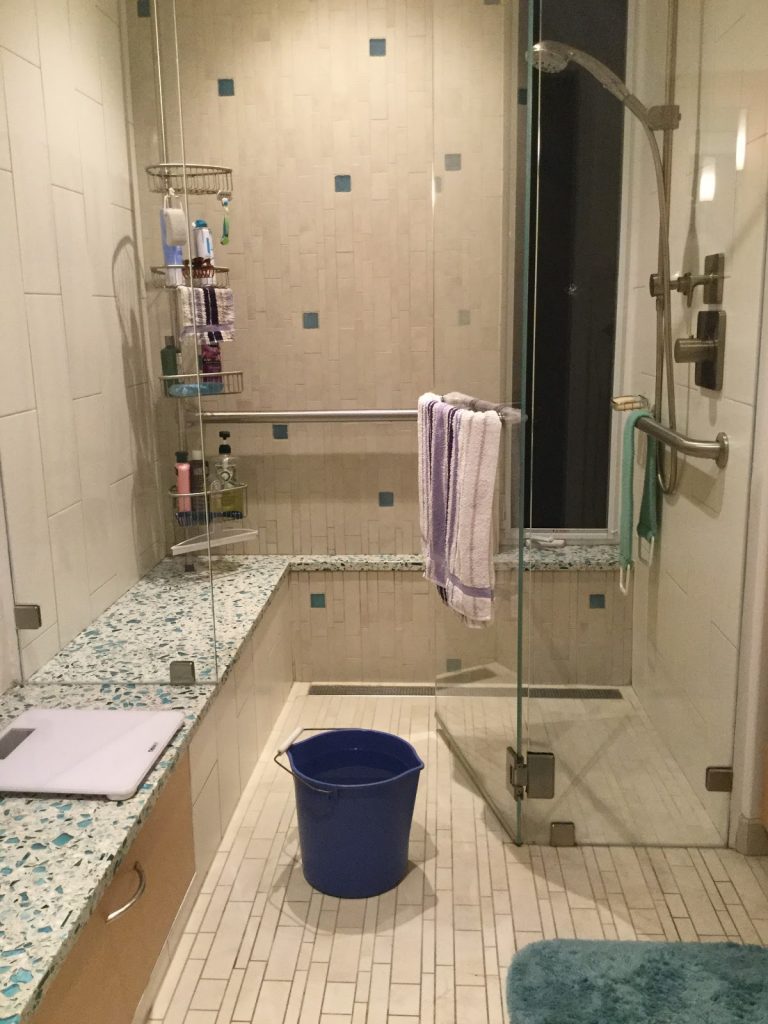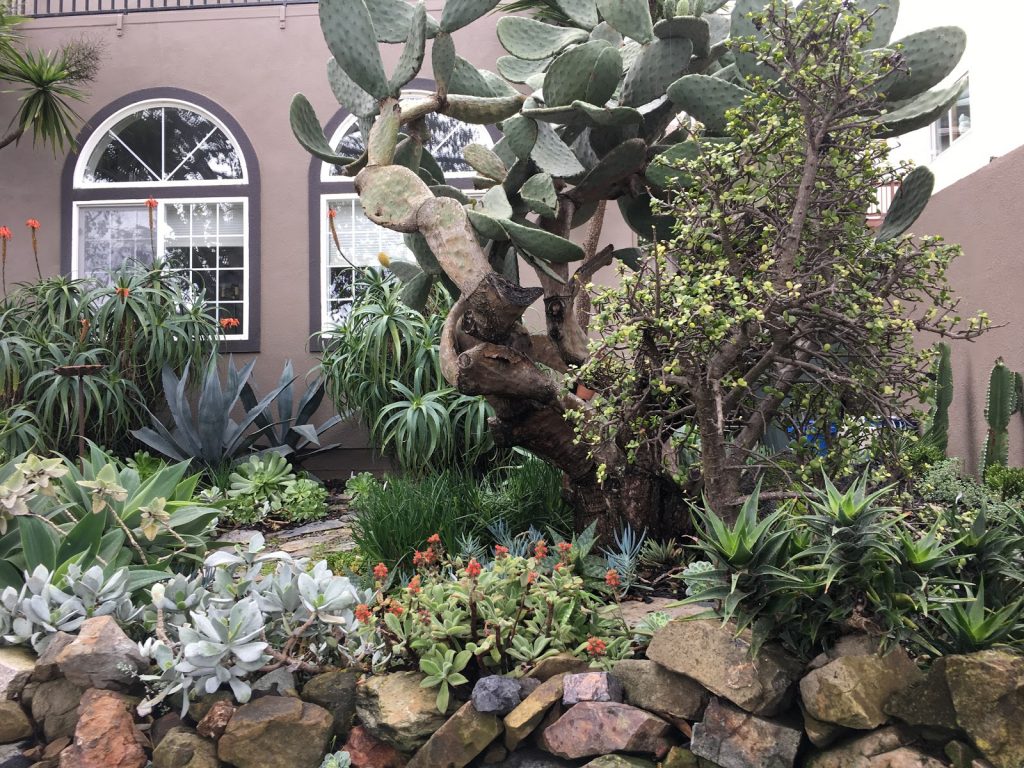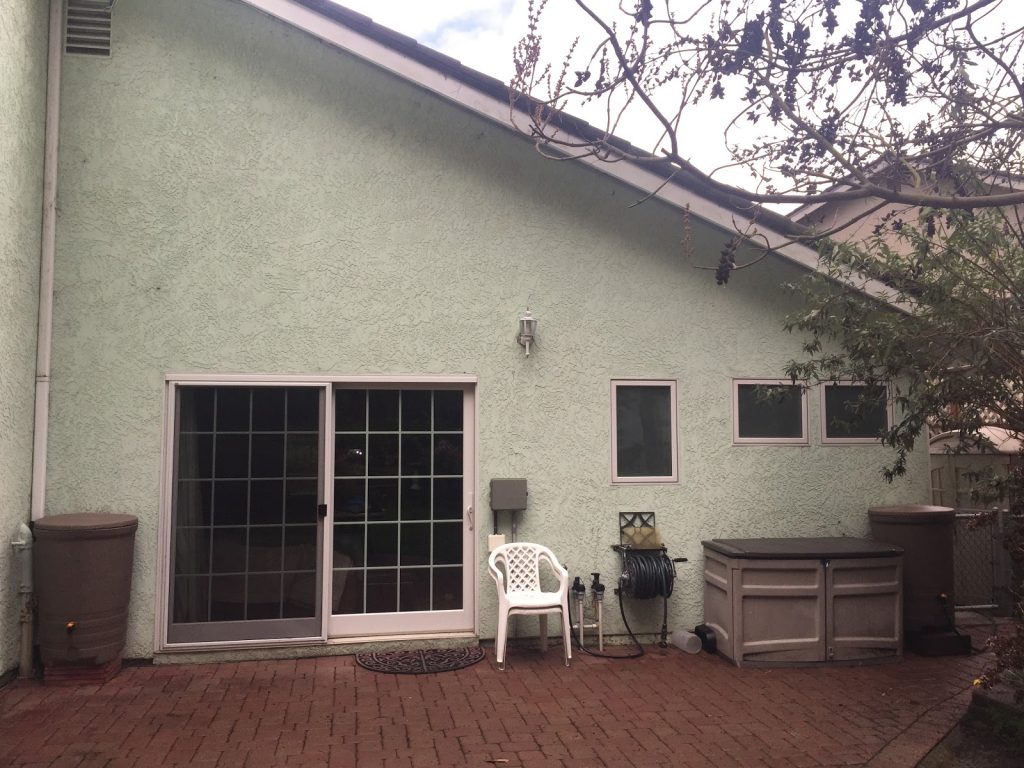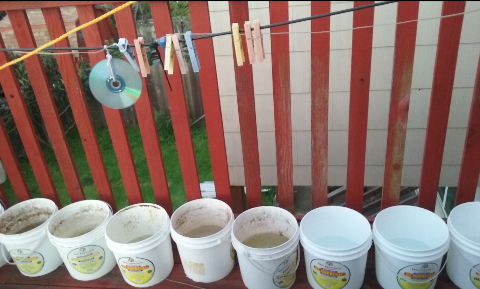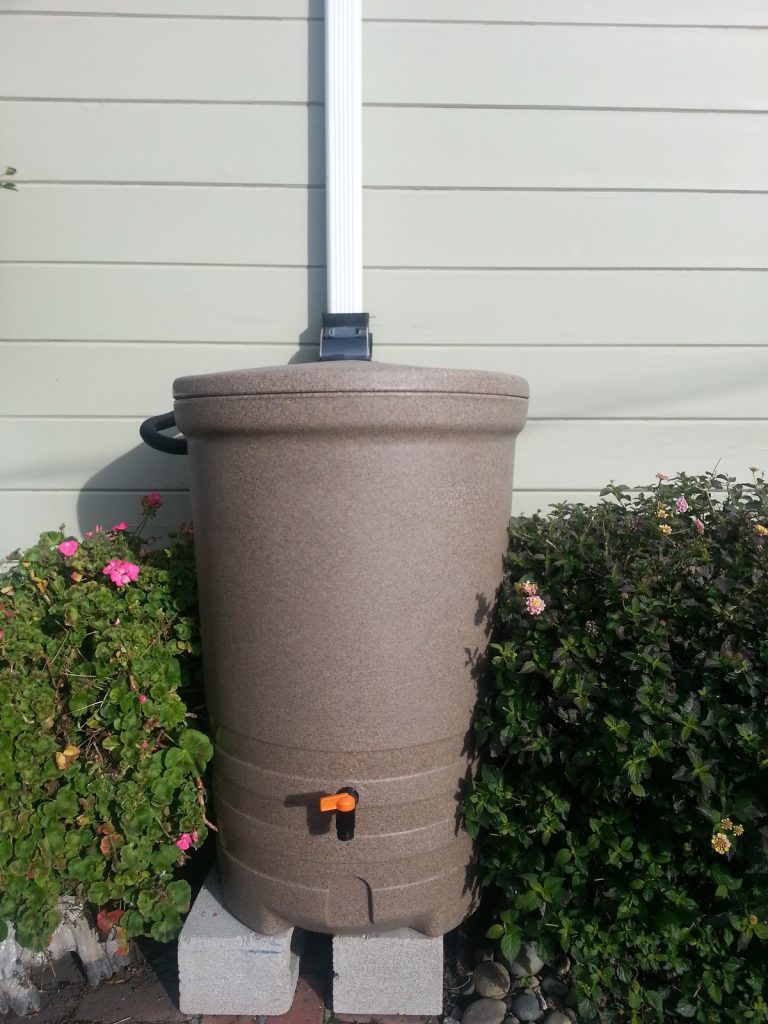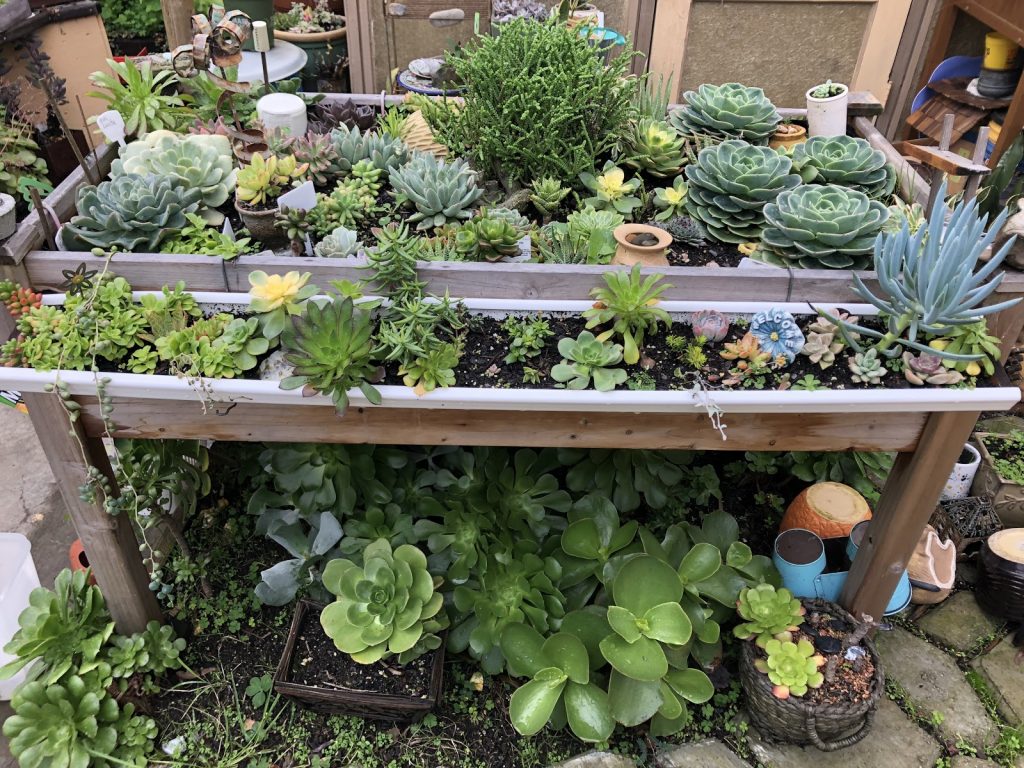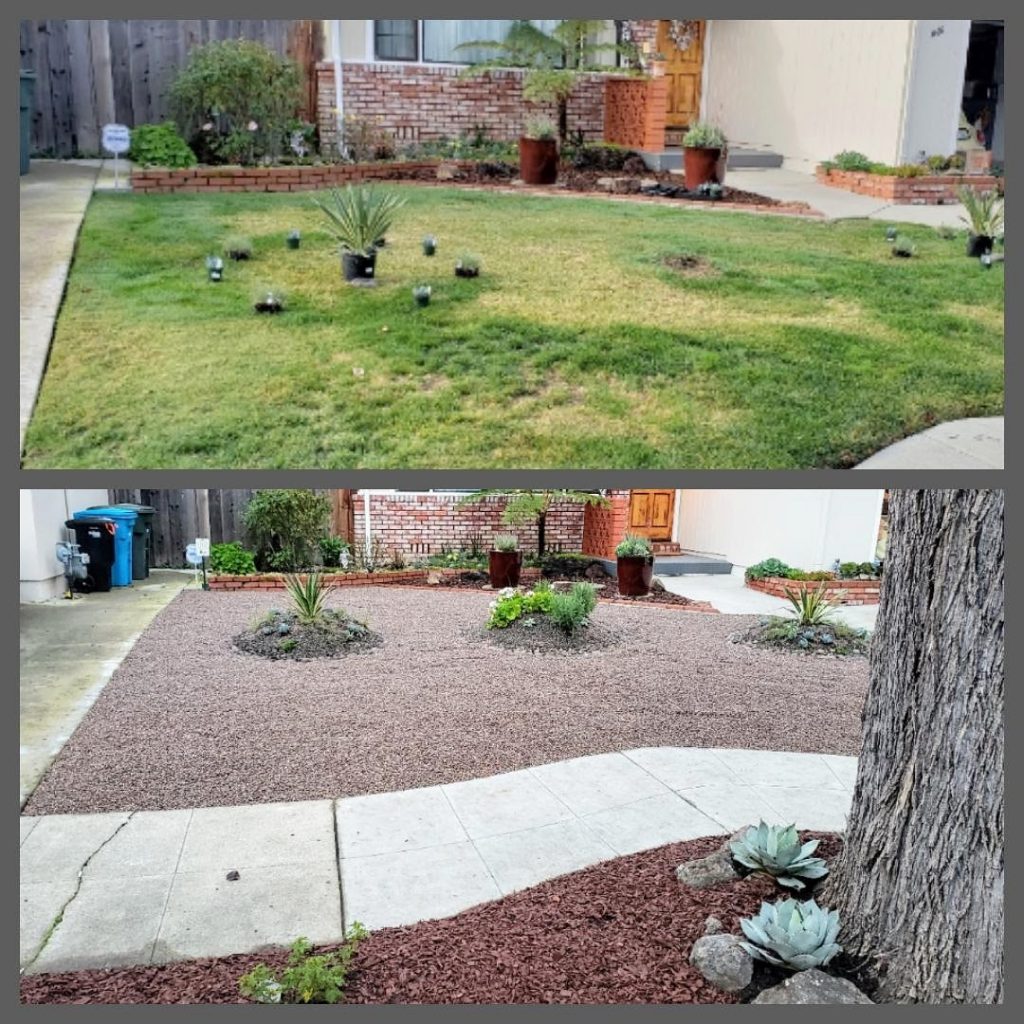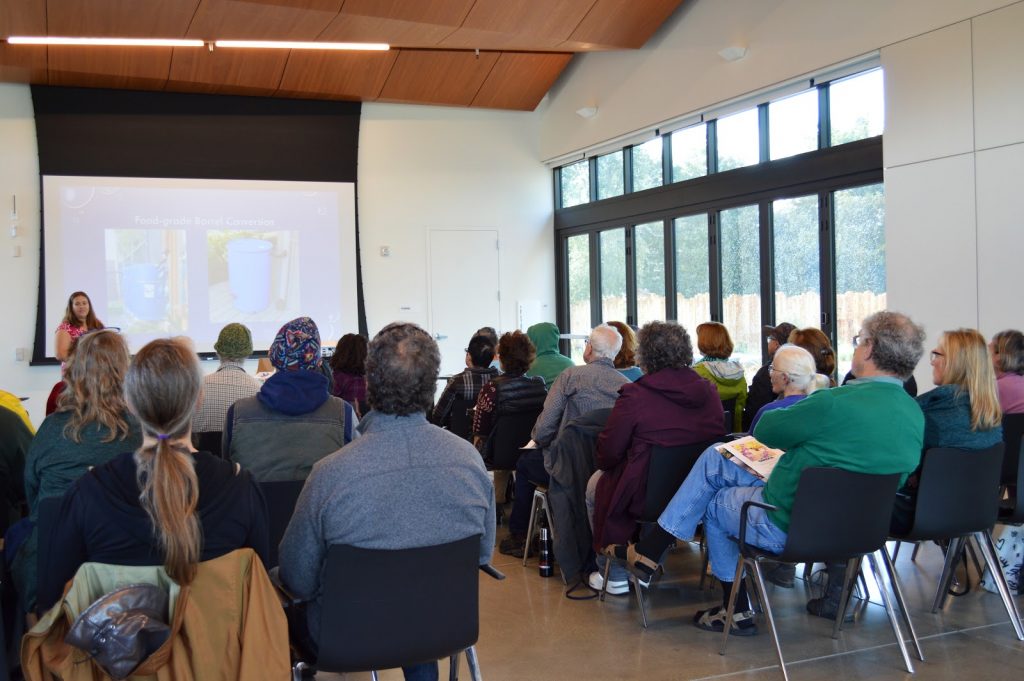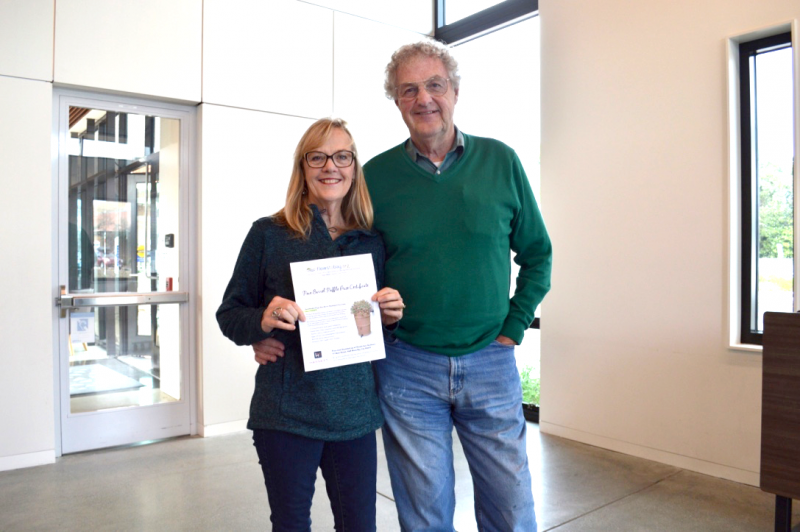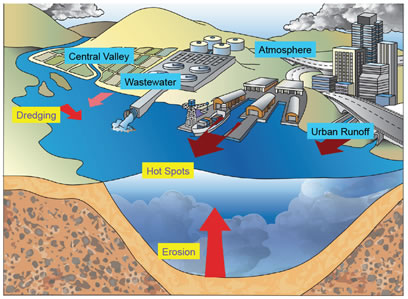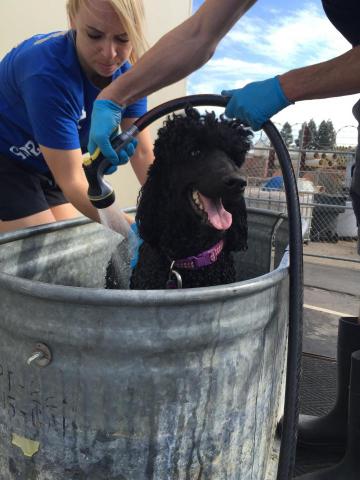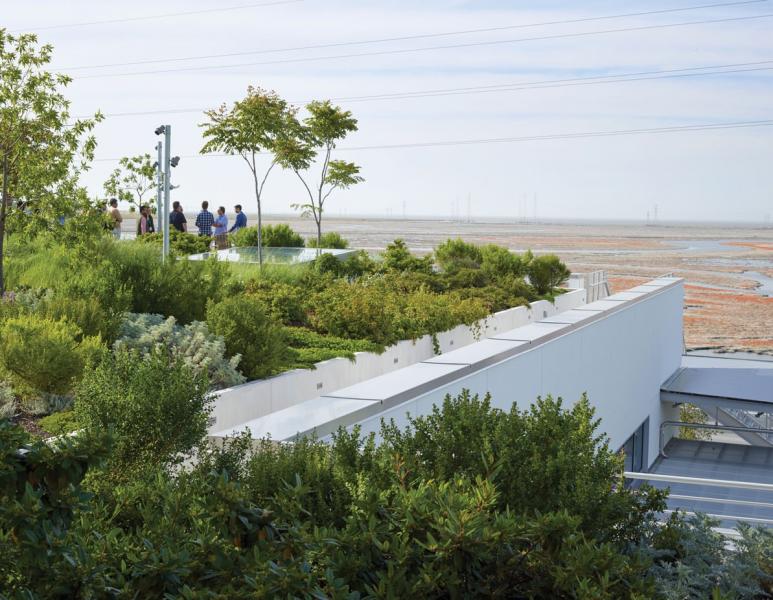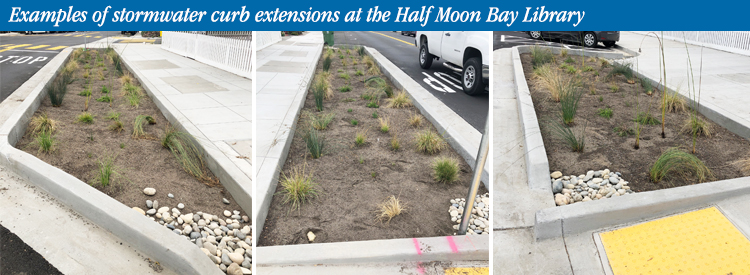The tools for growing and maintaining a beautiful, bright green, tightly edged, and short cut lawn are marketed to us every day. Whether it’s the right blend of seeds, a well-calibrated watering schedule, or a hefty dose of fertilizers and pesticides, the image of the perfect lawn is sold to us as an easy vision to manifest, over and over again. Though a healthy lawn can be a great amenity to a backyard or community park (game of soccer anyone?) it’s also true that lawns tend to wreak havoc on every ecosystem in which they are found.
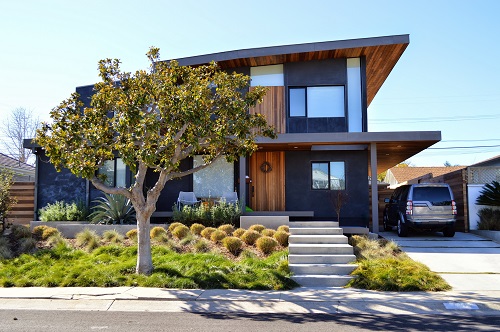
If you added all the lawns in America together they would cover an area about the size of Florida. Consuming a whopping 7 billion gallons of water every day (a third of all residential water consumption), grass is the most abundantly irrigated plant in the country. In 2007 we dumped 78 million pounds of pesticides on residential lawns to keep them green. What’s the problem with all of this, you might ask? A whole heck of a lot, as you’ll find out below!
In the rest of this blog, we outline the primary ways in which lawns degrade nature and offer simple solutions that will help you transition to a more natural (and less demanding) landscape.
Pictured: A water-wise front yard planted with a diverse mix of native grasses and supported by Green Infrastructure that prevents runoff. Water-wise Tip: Grading the front yard slightly lower than the sidewalk will prevent runoff from polluting local creeks and allow for greater water infiltration into the garden.
- Location, Location, Location! Can you guess where the seed that comes in your standard grass starter comes from? Here’s a hint: Kentucky Bluegrass is not from Louisville! It’s native to Europe, North Asia, and the mountains of Algeria and Morocco. Not only is most grass adapted from regional climates that don’t exist in San Mateo County (meaning they require lots of water, fertilizer, & pesticides to maintain), but more lawn = fewer plants that support industrious pollinators like bees and butterflies. Did you know that 75% of the world’s flowering plants and 35% of the world’s crops depend on animal pollinators to reproduce? Our reliance on pollinators for the food we eat makes their decline a major concern—American beekeepers have lost about 30% of their colonies every year since 2006. Reducing your reliance on insecticides and planting a pollinator garden are both easy ways to help reconnect fragmented habitat and lend pollinators a helping hand. If you need help finding native plants to fill your yard, use this resource!
- Health & Habitat Hazardous. Dogs that love to roam are particularly at risk of exposure to insecticides, and symptoms of poisoning can show up in a number of ways. But it’s not just our 4-legged furry friends we have to be worried about. Over time, pesticides accumulate in the soil where they can affect the worms and microorganisms that work to create healthy, nutrient-rich soils. When lawns are over-watered or are watered too quickly, they create runoff. The nitrogen and phosphorus that allow fertilizer to work wonders on the plants in our yards can also cause harmful algae blooms in our creeks and oceans. Pesticides can accumulate in the bodies of fish and in the sediment of the creeks and oceans we play in as well. Would you want to eat or swim in pesticides? If you’re ready to make the switch to a non-toxic or less-toxic pesticide alternative, click here!
- Money & Aesthetics. Ditching the lawn can also be good for the wallet. When drought strikes and water prices go up, so do restrictions about water use, and water for landscapes is the first allowance to go! You can be water-wise and plan for the next drought by installing a rain barrel, greywater system, or—if you live in the area of a participating agency—cash in on the Lawn Be Gone! rebate (up to $4 per square foot) and buy some drought-tolerant plants with your dough! When dry weather rolls in again you’ll be happier having a thriving succulent garden than you will be with a brown lawn. Our friend Julia from Redwood City replaced her lawn with this lovely water-wise landscape:
So, it turns out being water-wise and building healthier communities and relationships with nature is just as easy as growing a lawn, and it makes a whole lot more sense (and in some cases more cents, too!). If you decide to take the plunge with a water-wise project at home, be sure to send us before/after photos—we’d love to share your story!!
Have questions? We’re listening!
Feel free to email us at info@flowstobay.org.
